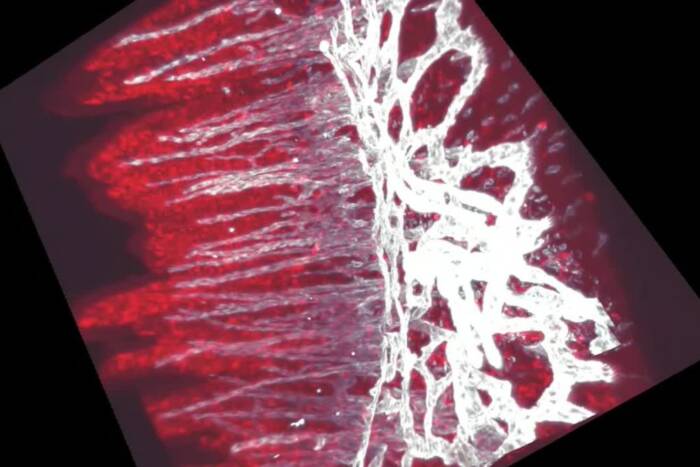A successful presidential search
A few weeks ago, I announced that Marc Tessier-Lavigne had been selected to become the tenth president of The Rockefeller University. Marc is an outstanding scientist and an experienced and thoughtful leader and I was personally delighted when he accepted our offer to serve as Rockefeller’s president. I’m writing here to publicly reiterate my appreciation to the members of the search committee and to all members of the community who offered us their suggestions for helping us achieve this very successful outcome.
As you know, the search process began in April when Paul informed me that he had decided to return to London to accept the presidency of the Royal Society. After conferring with the Board’s vice chairs, I convened a search committee consisting of nine Trustees, including three scientist members of the Board, and four faculty members, two of whom were elected by Academic Council. We hired an executive search firm, Spencer Stuart, to assist with the search, and drafted a “job specification” document outlining the qualities and background we felt would be desirable in a new president. We agreed that the new president should be a prominent scientist who has made and been recognized for significant contributions to his or her field, but also that he or she should have a broad view of science and the capability to recruit, develop, retain and support talented scientists. We were also looking for someone with the ability to further enhance the university’s global reputation and the ability to inspire and engage with members of the Rockefeller community and beyond.
We next solicited thoughts and suggestions from the faculty and the community at large about who they felt we should consider. As I noted when we first announced Marc’s ceptance, this outreach was enormously helpful: we received 195 nominations which, after eliminating duplicates, contained the names of 78 recommended individuals.
At two lengthy meetings in May and June the committee discussed every one of the 78 candidates on our list. Virtually all of the candidates were known to at least one of the scientific members of the search committee; based on their insights, on the community’s recommendations and on research compiled by Spencer Stuart, we emerged from the meetings with a short list of eight individuals whom we felt should be interviewed.
I contacted the candidates personally and had initial conversations with all eight. Three of them were unable to consider the job, one expressed interest during an initial interview with me but later decided not to proceed further with the process and the remaining four were interviewed by both myself and the full committee during June and July. These interviews consisted of lengthy, in depth discussions in New York, primarily focused on the candidates’ scientific and executive experience, their interest in the position and their vision for the university.
Marc immediately impressed us, in terms of his scientific achievements, his reputation and his interpersonal and managerial style. He was well known to several members of the search committee, had been recommended by several members of the university community and quickly emerged as our leading candidate. The committee conducted a second interview with Marc a couple of weeks after the first which included his wife Mary Hynes, who is also an accomplished scientist. That interview went extremely well and we concluded that Marc and Mary would be an ideal addition to the university. At the authorization of the search committee, I formally offered Marc the position and commenced negotiations that resulted in his acceptance of will formally assume the presidency on March 1 of next year.
Although Marc does not come directly from academia, he served on the faculties of the University of California, San Francisco, and at Stanford University before moving to Genentech in 2003. He is well known for his groundbreaking discoveries in the area of neuroscience, for which he has received numerous awards. He was a Howard Hughes investigator prior to leaving academia, continued to have his own lab while serving as executive vice president and chief scientific officer of Genentech, and will maintain a lab at Rockefeller with several of his colleagues from California who will also relocate to New York.
Marc has been to Rockefeller many times over the years, and knows a number of the faculty and administrators here already. He is very enthusiastic about coming and will be meeting with many of you over the next few months to help ensure a smooth transition. Paul’s shoes, of course, will not be easy to fill, but Marc steps in at an exciting time for the university, with the finances stable, the new Collaborative Research Center now open and several very talented junior faculty members recruited in recent years. I have every confidence that his presidency will be an outstanding one.
I want again to thank the members of the search committee for their participation, particularly our three scientist Trustees, David Botstein, Joe Goldstein and David Hirsh, and the four faculty members of the committee, Cori Bargmann, Rod MacKinnon, Michel Nussenzweig and Mike Young. The process, though it proceeded smoothly, required an intensive commitment of time and energy. The dedication of all of the members of the committee and their valuable insights not only led us to this successful conclusion, but served as a reminder to me of what a privilege it is to serve as chair of the university’s Board.


